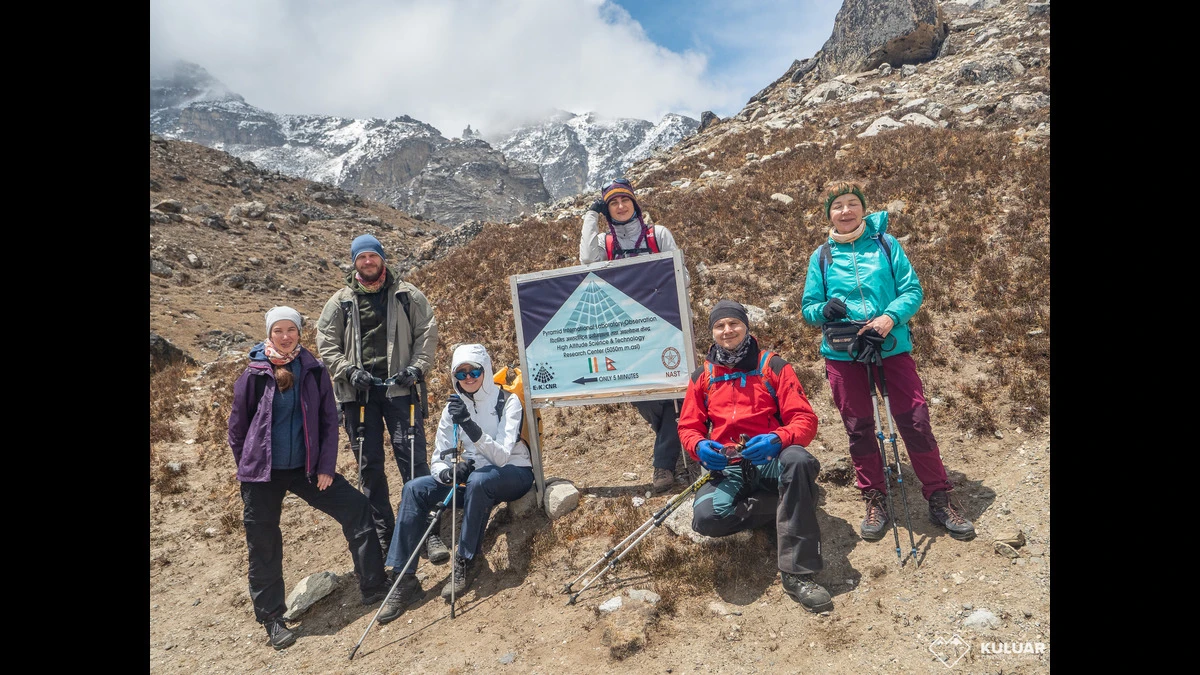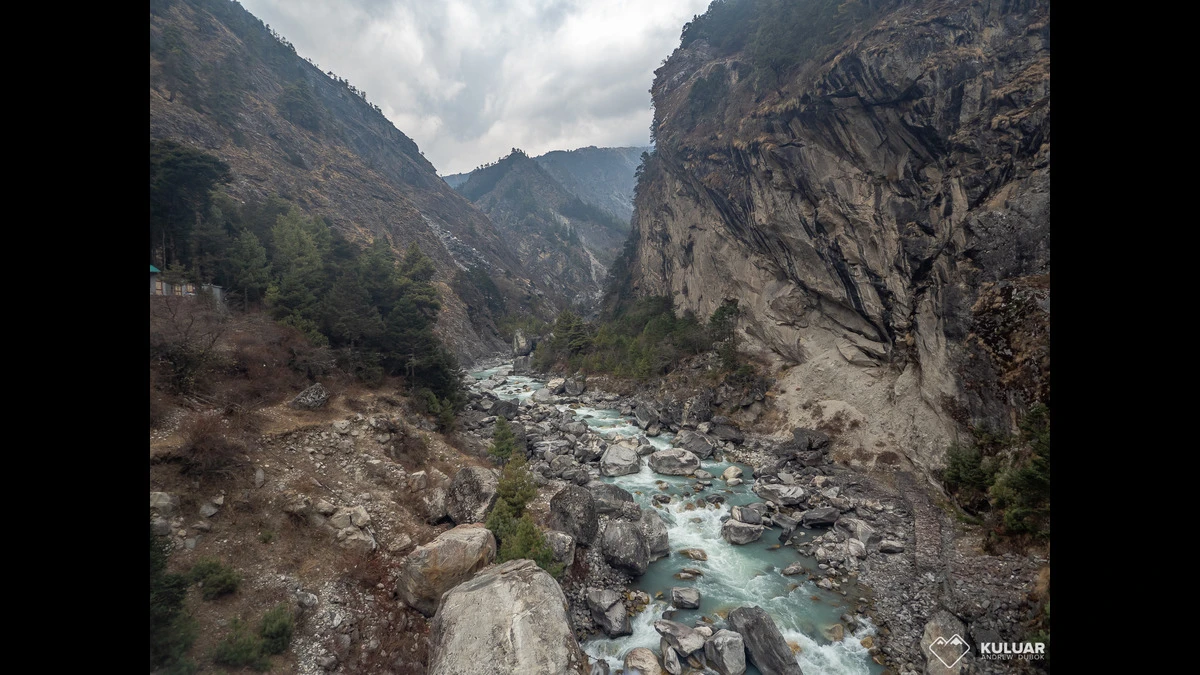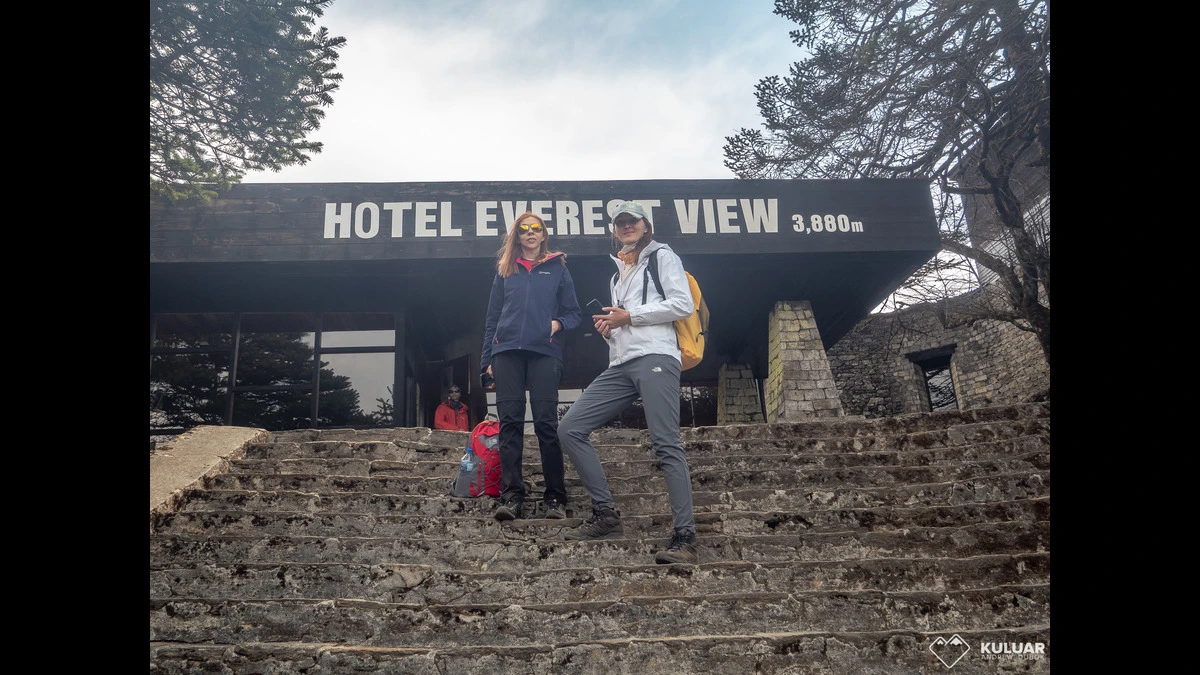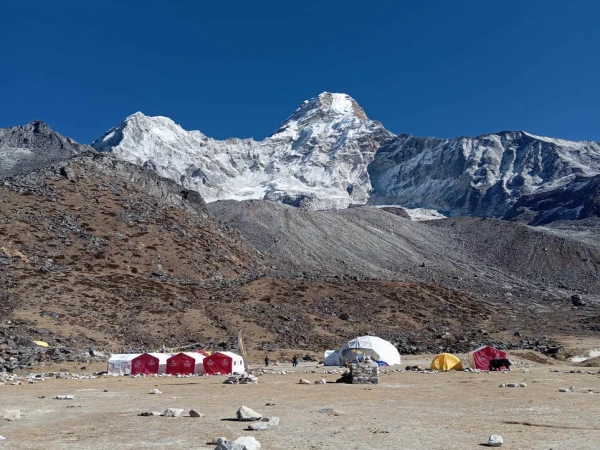Accommodation during the Everest View Trek
Accommodations during the Everest View Trek are basic but comfortable. You'll be staying in hotels, tea houses, or Lodges. The rooms are usually twin-sharing. Basic facilities like hot showers, charging ports, and Wi-Fi are available in most tea houses, but they usually come at an extra cost. For a premium stay, the Everest View Hotel offers comfort and luxury options with the stunning views of Everest.
Foods during the Everest View Trek
Foods during the Everest View Trek are freshly prepared and perfect for recharging after a long day of walking. You'll find a mix of local and international dishes like dal, bhat, noodles, momos, soups, and pancakes. The vegetarian options are always available. It's best to avoid meat at higher altitudes because it's not always fresh. Boiled or purified water is available for drinking.
Trekking Difficulty During the Everest View Trek
The Everest View Trek is considered an easy to moderate trek. This trek is suitable for beginners, families, and older trekkers. The daily walking hours are usually 4 to 6 hours, with breaks along the way. You don't need any prior trekking experience or technical climbing skills for this route. A little preparation like short hikes, jogging, or stair climbing before this trek can make your trek even more comfortable.
The highest point is around 3,880 meters. So, the chances of altitude sickness in low, but you might still feel shortness of breath or mild headaches. That is why staying hydrated, walking slowly, and taking proper rest is important.
Permits for Everest View Trek
To do the Everest View Trek, you need two permits. The permits are essential and is checked at various points along the trail.
- Khumbu Pasang Lhamu Rural Municipality Permit: This replaces the old TIMS card for this region.
- Sagarmatha National Park Entry Permit: This gives you access to Sagarmatha National Park, a UNESCO World Heritage Site.
Best Time For Everest View Trekking
In the heart of the majestic Himalayas, the Everest View Trekking offers a taste of the world's tallest peaks and the Sherpa culture that thrives beneath their shadows. This captivating journey is a symphony of breathtaking vistas, charming villages, and cultural encounters that leave a lasting impression. To ensure an unforgettable experience, choosing the right time to embark on this trek is essential. In this article, we unravel the optimal seasons for undertaking the Everest View Trekking with Himalayan Partner Treks and Expedition, inviting you to immerse yourself in the splendor of the Himalayas.
The Ideal Moments: Spring and Autumn
The Everest View Trekking is a relatively shorter trek that leads you to viewpoints where you can soak in the awe-inspiring sight of Mount Everest and its neighboring peaks. Two primary seasons stand out as the perfect canvas for this journey: spring (March to May) and autumn (September to November).
1. Spring (March to May): A Symphony of Blooms
Spring is a magical time to embark on the Everest View Trekking adventure. As the winter's chill recedes, the landscape awakens with vibrant blossoms, turning the surroundings into a kaleidoscope of colors. The rhododendron forests come alive in hues of red, pink, and white, creating an ethereal atmosphere. The crisp air and mild temperatures make trekking a pleasure, and the clear skies grant you unobstructed views of the towering peaks that define the region.
2. Autumn (September to November): The Grandeur of Clarity
Autumn is another enchanting season for the Everest View Trekking. Following the monsoon, the skies clear up, unveiling the majestic Himalayan giants in all their glory. The cool, dry air and stable weather create ideal conditions for trekking and ensure panoramic views that will leave you breathless. The charming Sherpa villages that you encounter along the way are bustling with festivities, offering a unique glimpse into local culture and traditions.
3. Other Considerations
While spring and autumn stand as the prime seasons, it's important to exercise caution during the monsoon season (June to August) due to heavy rainfall and potentially slippery trails. Similarly, the winter months (December to February) bring frigid temperatures and the challenge of navigating snow-covered paths.
Conclusion
The Everest View Trekking with Himalayan Partner Treks and Expedition offers a glimpse into the heart of the Himalayas and the rich Sherpa culture that thrives in its shadow. By choosing to trek during the captivating seasons of spring and autumn, you gift yourself the opportunity to witness the world's tallest peaks in all their splendor. Prepare to be enchanted by the natural beauty, the warmth of the local communities, and the sense of accomplishment that accompanies this awe-inspiring adventure. Embark on this remarkable journey, and let the Himalayas etch their magic into your heart forever.




.webp)

